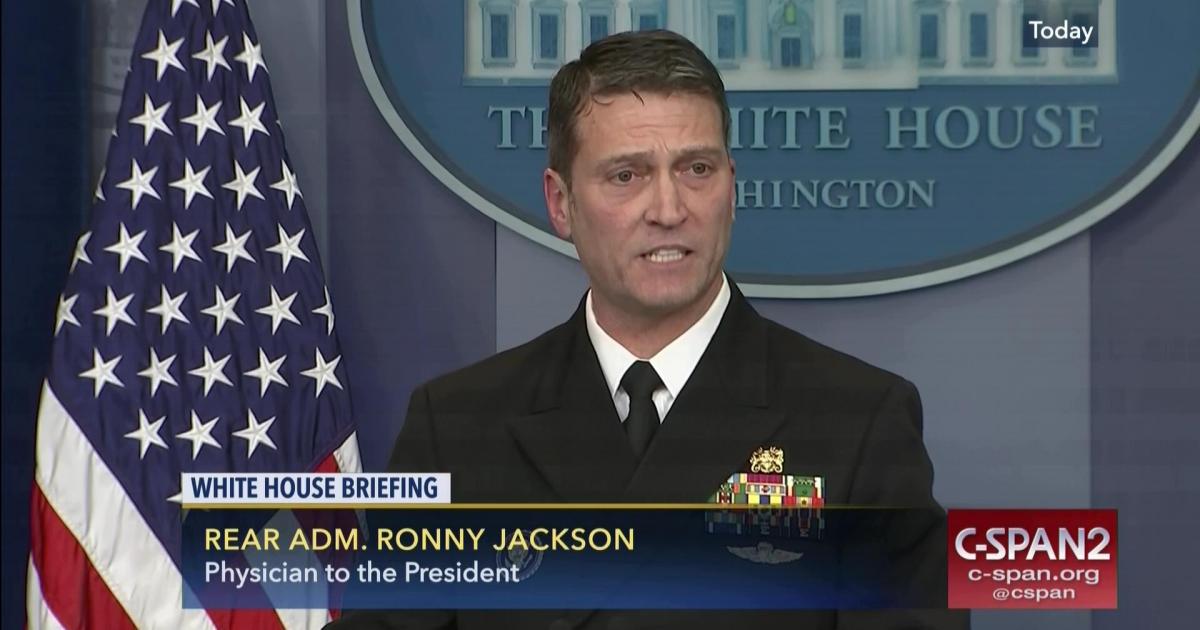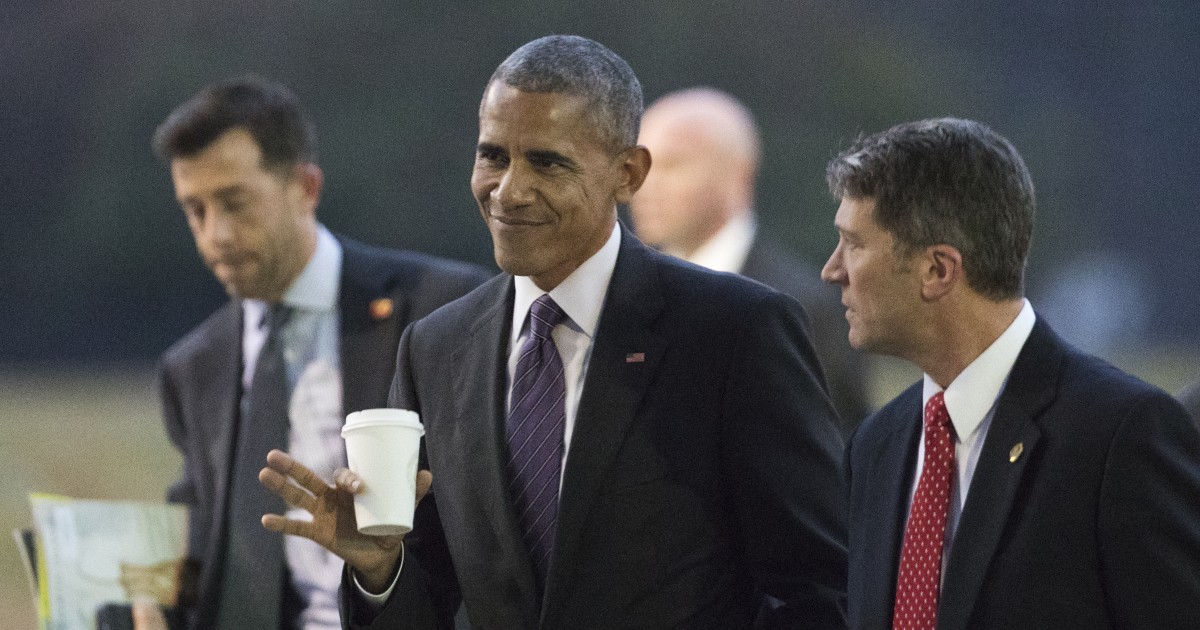5 Special Medical Services Provided To The President of the USA
For such an important role in life, no patient has as much medical care (and as on demand) than the president of the United States. The president doesn’t go anywhere without his doctor, nurses, and paramedics, who are all ready for any medical situation. Here are five of the special medical services provided to the president.
In-House Physician

The White House has an in-house physician with the key role of ensuring the President of the United States remains in optimum health. The official title, of course, is Physician to the President, but many also refer to this physician as the White House doctor or Chief White House Physician. The physician is appointed by the president and has his own office within the White House. They are primarily responsible for providing medical care to the president and his family, as well as the vice president and his family. They also direct the remainder of the medical team at the White House, known as the White House Medical Unit.
Continue reading to learn more about the medical office at the White House.
Mini Urgent-Care Center

The office in the White House is known as a 'mini urgent-care center.' There is a physician’s office along with private exam rooms. Basic medications are available to the president and his family at any time. In the event of a major emergency, there’s also a crash cart for resuscitation. As briefly mentioned, the Physician to the President does not work alone. They oversee a team of medical professionals, including five military physicians, five physician assistants, five nurses, and three ambulance attendants, along with administrators.
Continue reading to learn more about the responsibilities of the head physician and the medical team at the White House.
White House Physician Shadows The President Everywhere

The health and safety of the President of the United States are constantly monitored, and he does not go anywhere without his physician. The physician is often called the 'shadow of the president' because of this. No matter where the president is, whether it's on the campaign trail or traveling overseas, his personal physician is always there by his side for any possible health matters that arise. These health issues can be anywhere from managing simple health matters such as dietary regimes to potential medical emergencies.
Speaking of potential medical emergencies, continue reading to learn about the key medical presence on Air Force One.
Emergency Medical Service on the Presidential Plane

The presidential plane, called Air Force One, is equipped with a full emergency room. If an emergency should arise in the air, the White House doctor has access to an operating table, operating room lights, and has all the emergency medical equipment to perform surgery on the president while in the air. As the plane is equipped for emergencies, it doesn’t have a medical laboratory or an X-ray machine. Medical issues that require these are left until the plane has landed.
Continue reading about how White House medical services apply to foreign dignitaries and others guests at the White House next.
Medical Team Assists Dignitaries & White House Guests

Many may not be aware of this, but the White House medical team is even responsible for ensuring the health of the president’s guests. Over one and a half million visitors visit the White House annually, including international dignitaries and special guests. If necessary, the President’s medical team will be called upon to give care to someone visiting the White House.
It is clear from all of the information that the Physician to the President and their accompanying medical team at the White House have a demanding job. Thus, it is no surprise why many of the past individuals who have held this position have been military doctors. In the end, however, the health of the President is of paramount importance. He has a hard job to do, after all!